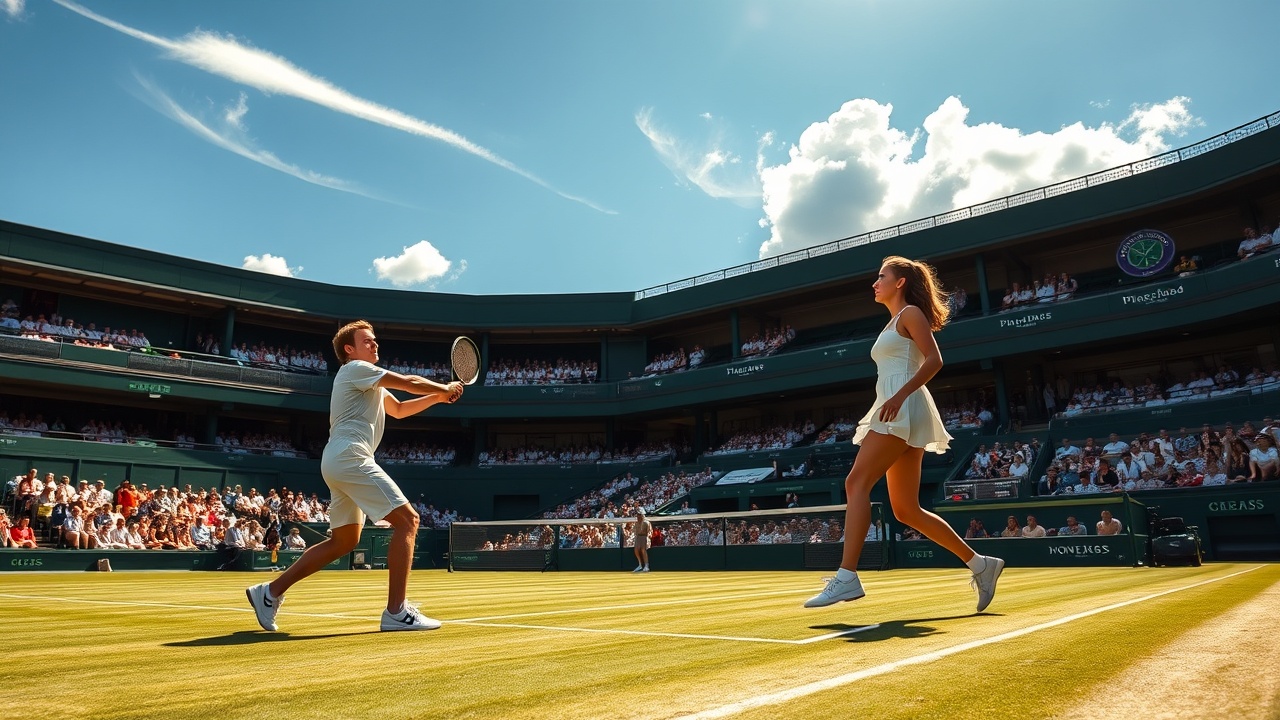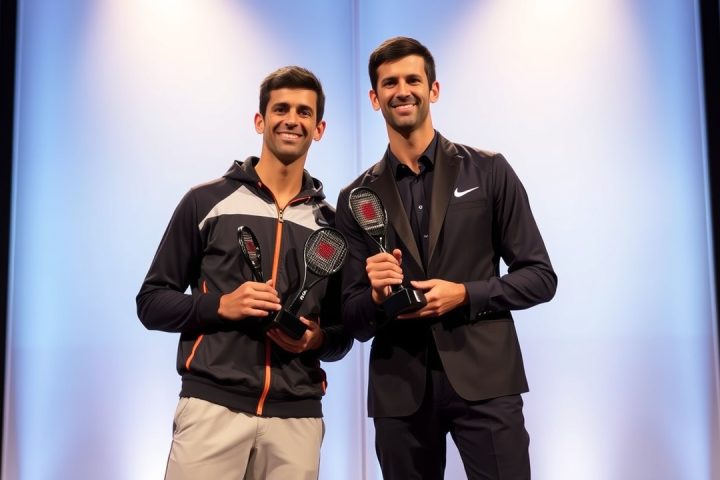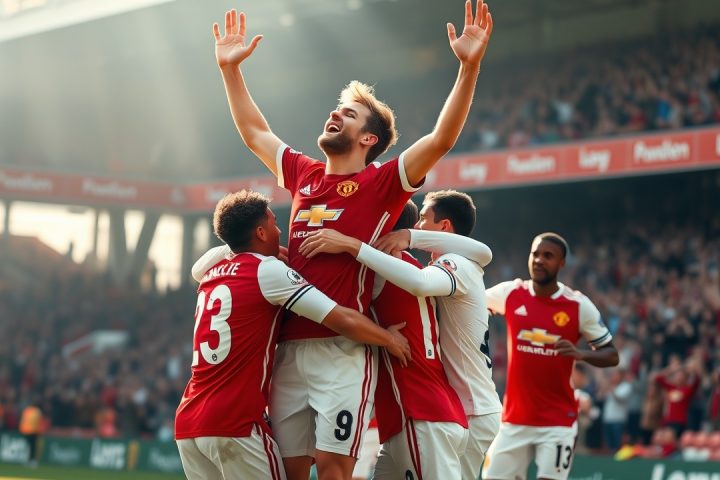Transformative Shift in Tennis at Wimbledon
LONDON — The All England Club is witnessing a transformative shift in the game of tennis, as American player Ben Shelton demonstrates the pivotal role of returns in elevating his performance. Known for his powerful serve, Shelton proved on Monday that mastering returns is equally essential in his fourth-round face-off against Lorenzo Sonego.
Key Match Highlights
After exchanging powerful serves, the match saw a dramatic shift during a crucial third-set tiebreak, where Sonego unleashed a 129 mph serve targeting Shelton’s forehand. In a display of skill, Shelton responded with a remarkable forehand that secured his point, leaving Sonego unable to react in time.
After clinching his first Wimbledon quarterfinal with a score of 3-6, 6-1, 7-6(1), 7-5, Shelton remarked on his ambitions to become an elite returner, stating,
“I want to be an elite returner… I’m certainly not there yet, but I’m much better than I was when I started out on tour.”
This evolution in Shelton’s game underscores a broader trend at Wimbledon, where possessing a strong serve is merely one part of success — the ability to effectively return serves has become a defining trait of top players.
Historical Context and Current Trends
Historically, big servers like John Isner broke through to the semifinals in 2018 due to their dominant serve, but they often faltered in subsequent years. In today’s competitive landscape, a server must also excel at returning their opponent’s powerful serves. For instance, fellow American Taylor Fritz has adeptly navigated matches against fierce servers by focusing on return practice during his off-days at Wimbledon. He emphasized that standing firm on the court and using the opponent’s pace often yields better results than simply swinging for winners.
Iga Świątek, the reigning women’s champion with five Grand Slam titles, echoed this sentiment. Despite having recorded only four winners off returns in her initial four matches this year, Świątek has claimed nearly 40% of the points against her opponent’s serve, highlighting a strategy rooted in patience and smart shot selection. As she prepares her game to counter strong serves, Świątek also enhances her own serve, reaching speeds of 118 mph against Danielle Collins, a player renowned for her returning skills.
Emerging Players and Their Strategies
The U.S. Open runner-up Emma Navarro, another standout on the grass, has also adopted effective returning strategies, leveraging her positioning and stabilizing her returns close to the baseline. Though initially considered an underdog due to limited grass experience, her consistent performance continues to challenge opponents, where obtaining points against their serves has proven crucial.
With the tournament progressing, the trend is unmistakable: effective returning is becoming a hallmark of success at Wimbledon, with players like Jannik Sinner and Novak Djokovic demonstrating exceptional return capabilities. Sinner leads the field with an astounding return rate of 78%, while Djokovic follows closely with 80%. This pattern is echoed among the top players, with six in the final 16 showcasing strength at winning points off their opponents’ serves.
Conclusion: The Future of Tennis
Shelton, in particular, has made significant strides this year, achieving a promising return percentage that puts him in contention to unsettle his opponents. Through his initial matches at Wimbledon, he has taken 31% of points from first serves, ranking him among the top contenders. With a service record of winning 94% of his games, Shelton continues to pressure opponents, transforming the dynamics of the match in his favor with every rally. Reflecting on his approach, he noted,
“For me, the game slows down and gets a lot simpler… I didn’t serve great today. In the moments where I needed it most, I returned well today.”
As the tournament unfolds, it is clear that the once-admired power of a serve now coexists with the equally vital skill of returning, shaping the future of the game at Wimbledon.




